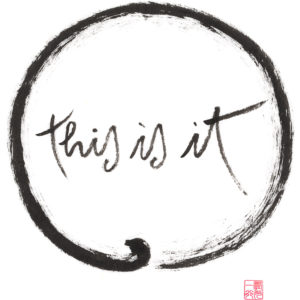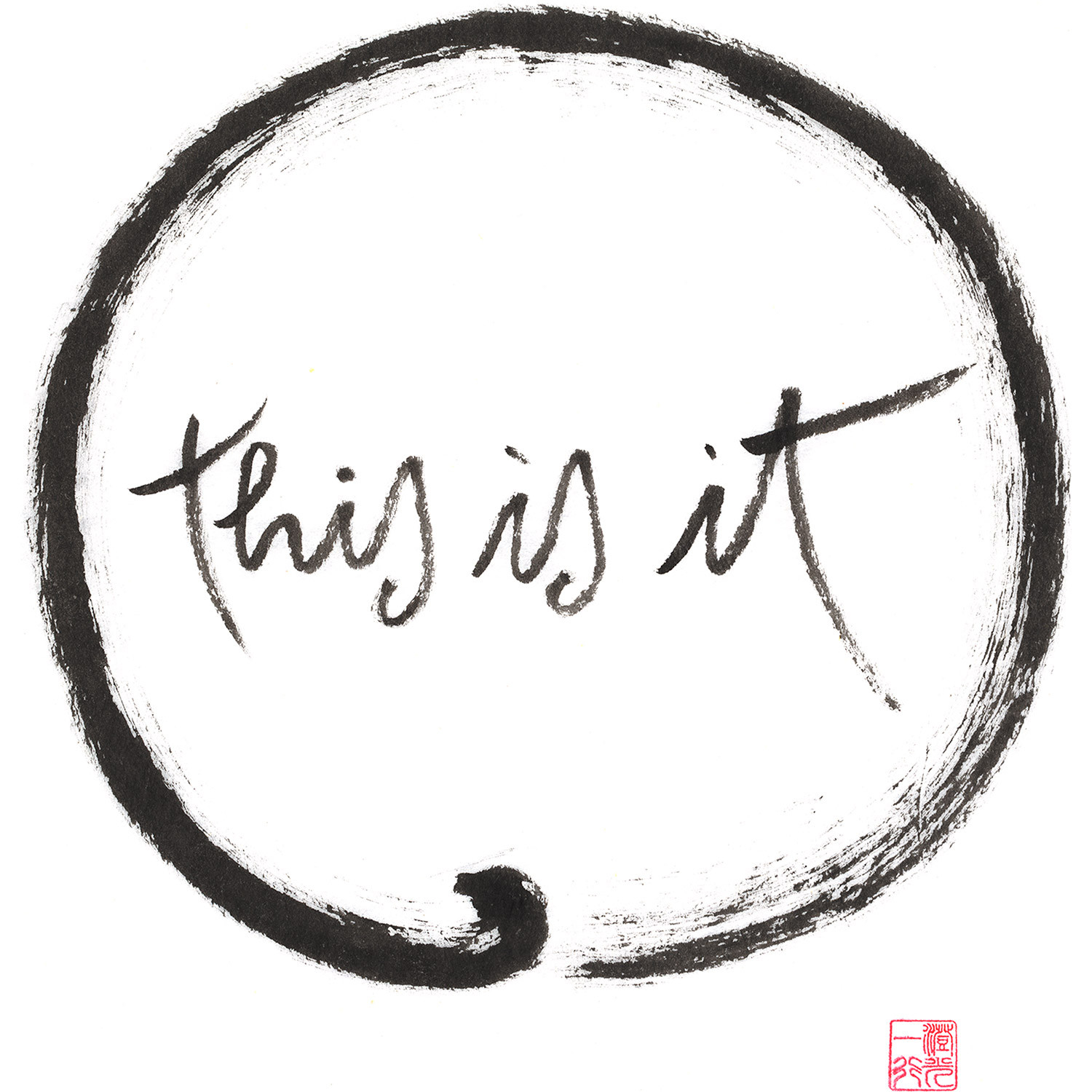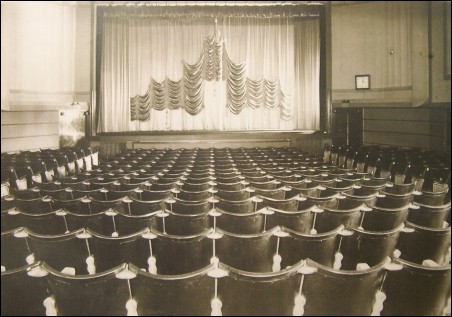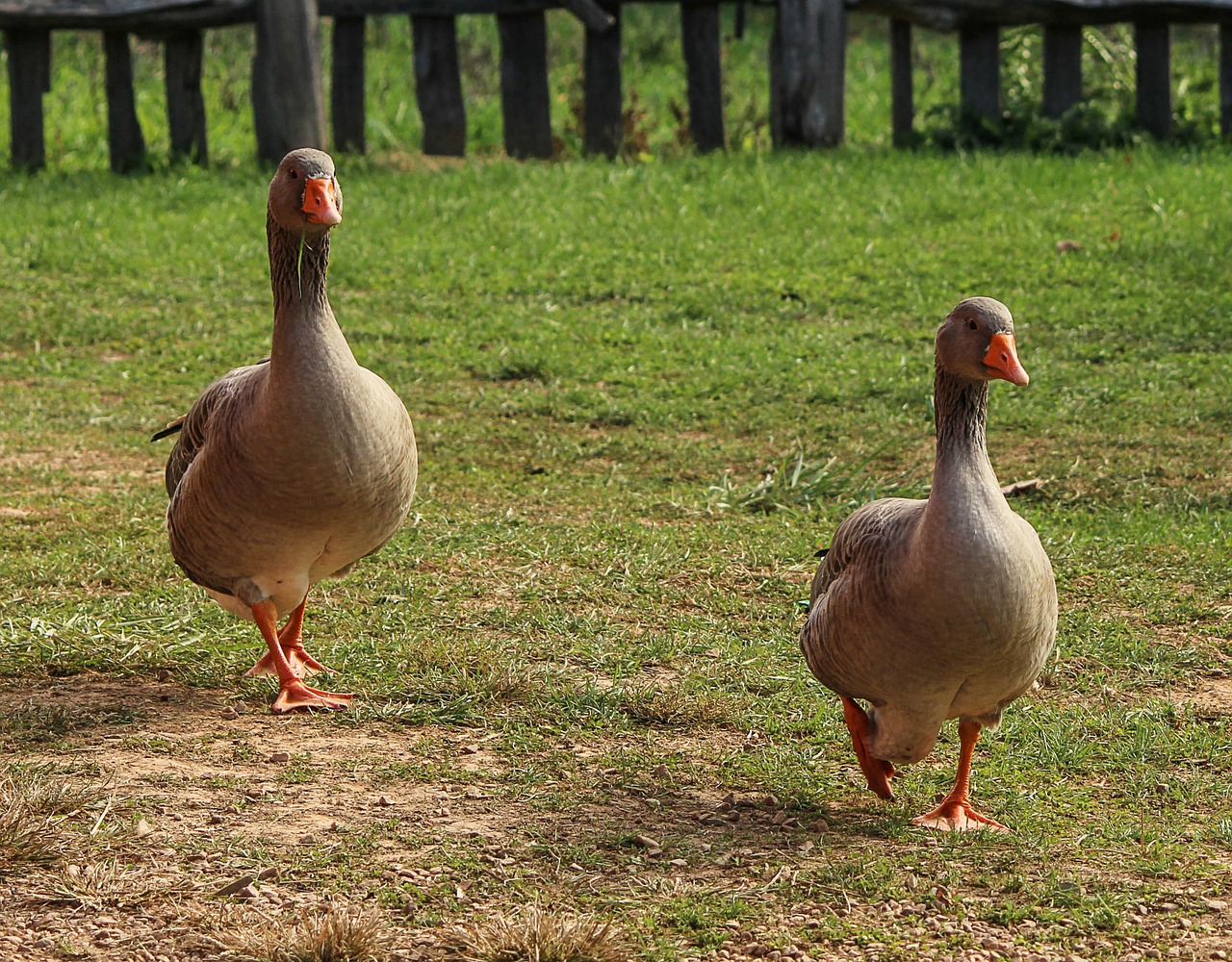Extracts from a talk from the Zen Master Thich Nhat Hanh on the mindfulness of anger, given at The Green Lake Conference Center in Wisconsin in 2003,
Breathing in, I see myself as a five-year-old child. Breathing out, I smile from the five-year-old child in me.
A five-year-old child is always vulnerable, fragile and he or she can get hurt very easily, so I have to handle a five-year-old child in a very gentle way. A five-year-old child as a flower get hurt and the wound will stay for a long time. And most of us have been five year old and the inner child in us is still alive. And the little child in us, in you all, may still have wounds within. That’s why in this meditation you go home and touch the five-year-old child in us, the five-year-old child that may be deeply wounded that you have neglected for a long time. The five-year-old child is always trying to call on us to pay attention to him or to her because you are so busy. You have had no time to go back to him or her. That’s a pity. This morning, you have an appointment. Breathing in, I see myself as a five-year-old child, breathing out I smile to the five-year-old child in me with compassion. He needs, she needs a lot of compassion and attention. In a five-year-old child, out smiling with compassion.
It would be very nice if every day you find a few minutes to sit down and talk to the five-year-old child in you and very healing, very comforting, because your five-year-old child, you as a five-year-old child, are still alive and need to be taken care of. Talk to him, talk to her, and you will see that child responding to you and feel better. And if she feels better, you feel better also. Talk to him, talk to her, every day.
Breathing in, I see my father as a five-year-old child. Breathing out, I smile to that five-year-old boy who was my father.
Breathing in, I see my father as the five-year-old child. You have not seen your father as the five-year-old child, but he had — he had been a five-year-old child before he became your father. And as a five-year-old boy, he was also vulnerable, fragile and he could get hurt very easily by your grandpa or your grandma and by other people. So if sometime he’s rough, he’s difficult, that is because of that, because he had been hurt as a five-year-old child. And if you understand that, you’ll not get angry at him anymore. You have compassion to him because he had been a five-year-old child and he may get a lot of suffering, get hurt deeply near the time he was a five-year-old child.
If you have a family album, if in that album there’s a picture of your father as a five-year-old that is a good object of meditation. Look at him when he was five year old and breath in and out and see the five-year-old child that is still alive in him and in your own self. And when you understand that he’s a five-year-old child who suffered very much, he got hurt deeply and very often, you will understand why sometimes he had behaved — sometime he behaved very rude to you. And suddenly your anger will melt and you have compassion and you feel much better.
Breathing in, I see my mother as a five-year-old girl. Breathing out, I smile to that wounded five-year-old girl who is my mother, mother as a five-year-old girl, smiling to mother as a five-year-old girl.
Breathing in, I see my mother as a five-year-old girl. Breathing out, I smile to let five-year-old girl that had been my mother. When my mother was five year old, she was also vulnerable, fragile and she may get hurt, wounded, very easily and she may not have had a teacher or a friend to help her to heal. That’s why the wound, the pain, continues in her. That is why sometimes she behaved not very kindly to you and you understand why because she had not been able to heal the pain in her. And if you can see your mother as a five-year-old girl vulnerable, fragile, you understand and you can forgive her very easily with compassion. The five-year-old girl who had been your mother is always alive in her and in you. Breathing in, I see my mother as a five-year-old girl. Breathing out, I smile to that wounded five-year-old girl who is my mother, mother as a five-year-old girl, smiling to mother as a five-year-old girl.
When you are a young person less than 20, you are wise to practice in order to heal the five-year-old child in you. Otherwise, when you get married, you’ll transmit the wounded child through your children. Before getting married, practice in order to heal the little child in you. Otherwise, you will transmit the wounded child in you to your son and to your daughter. That would not be very nice. And if you have already transmitted your wounded child to him or to her, it’s not too late. You have to practice now to heal the little child in you and help your son or your daughter to heal the wounded little child that you have transmitted to him or to her and you both as father and son, father and daughter, you can practice together and heal the wounded child in you and in him or in her. If you as a mother, you can practice if you can practice together with your daughter or your son. You can heal both the wounded child in you and in your mother.
This is a very important practice. You have to realize that this is a very important, urgent practice and, if you can succeed in doing that, communication between you and him and her will be restored and better understanding will be possible and you’ll improve the quality of happiness in your life and in his or her life. It’s very important. You are in here, you are in him. You have transmitted yourself entirely to him or to her. Your son is a continuation of you. Your daughter is a continuation of you. Your son is you. Your daughter is you. And they will carry you far into the future. And if you have the time to endow her, then love him with compassion and understanding, she will profit from that and she will make the future better for herself and for her children and the future generations.
 In fact, we are continued by our children and you have to offer them the best in terms of thinking, in terms of speech and in terms of physical action. A painter or a musician, a composer, when they create a piece of art, they always sign their name. You also. You produce in your little life, the thinking, the speech and the action, if you’re thinking is the right thinking that is a good work of art. It bears always your name. And I think it means the thinking that goes along with understanding and compassion. And if you can produce a thought that is in the direction of right thinking, that is the product that is your continuation. You cannot refuse to sign your name because that’s your product. And looking into your thinking, whether it is right or wrong, now we see you. Your signature is in it.
In fact, we are continued by our children and you have to offer them the best in terms of thinking, in terms of speech and in terms of physical action. A painter or a musician, a composer, when they create a piece of art, they always sign their name. You also. You produce in your little life, the thinking, the speech and the action, if you’re thinking is the right thinking that is a good work of art. It bears always your name. And I think it means the thinking that goes along with understanding and compassion. And if you can produce a thought that is in the direction of right thinking, that is the product that is your continuation. You cannot refuse to sign your name because that’s your product. And looking into your thinking, whether it is right or wrong, now we see you. Your signature is in it.
That is why in our daily lives, you have to be careful to produce thoughts that are on the line of right thinking, the kind of thinking that goes along with insight, understanding and compassion, and you have an opportunity to produce right thinking in every moment of your life that will bear your signatures that is your future, you transmit them to your children and to the world. Everything you say is also a product of your person, whether your speech is a right speech or a wrong speech. It bears your signature. What you say may cause a lot of anger, a lot of despair, a lot of pessimism and that bears your signature. It’s not good to produce a work like that. That is why, with mindfulness, you may like to produce only the kind of speech that is called right speech, the kind of speech that goes along with understanding, compassion, joy and forgiveness. And with the practice of mindfulness, at every moment you can produce right speech, loving speech, that will bear your signature. That is what you handed down to your children and to the world. That is your continuation.
And then the third kind of product is physical action. Whatever you do that can protect life, that can help people to suffer less, that express your comprehension, your compassion, will bear your own signature. That is a good continuation of you, of yours, transmitted to your children and to the world. Let us be mindful not to produce any act that has the nature of violence, hatred, fear and discrimination because these acts will bear also your signature. You cannot deny that it’s not your product because it has really come from you. Your child, whether that is a boy or a girl, it is a young piece of art, your product. You produce yourself, you produce your own future and that is why mindfulness help us to know whether we are producing the right thing for the future and that what we produce is us, is our continuation.
I am sure that the children enjoy a pebble meditation. I hope they continue today and it’s my desire to see them practice pebble meditation when they go home and they can share the practice of freshness, solidity and freedom with their friends at home and at school. You might like to talk to your teachers about your practice of flower-ness, freshness and solidity and freedom and calm. I count on you. I have many students who are very young of whom I am very proud. And today, please, go deeper in the practice of looking deeply into the five-year-old child within yourself, within your father and your mother.
Thank you.




